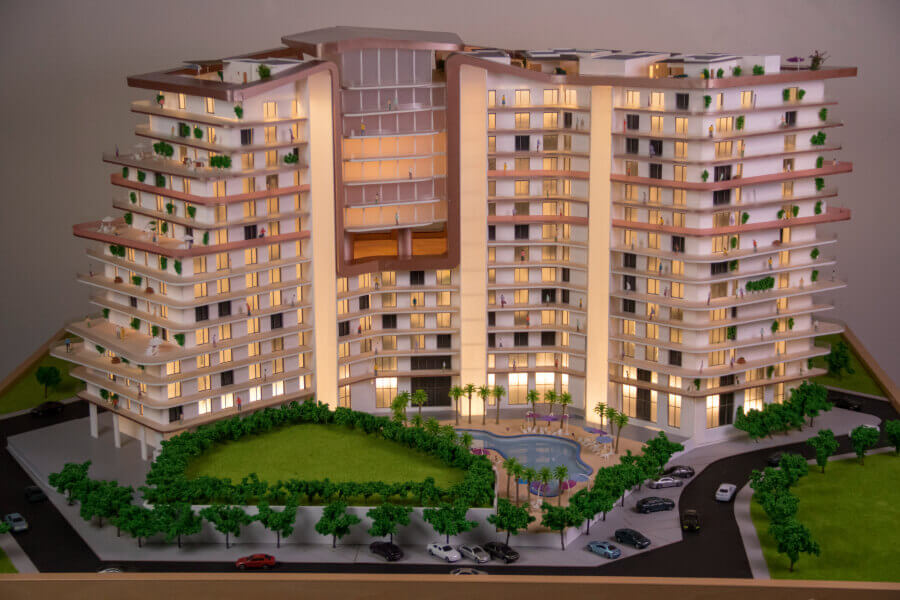Architectural model making is a powerful and often underappreciated tool in the field of architecture. It serves as an invaluable asset in presenting complex projects, such as hotels, to clients and investors. Architectural models not only aid in the design process but also help convey the vision in a clear and comprehensible manner. In this article, we will discuss the various advantages of architectural model making in the hotel industry and how it can contribute to the project’s success.
- Enhancing the Design Process
Hotels are typically large structures with intricate designs both on the exterior and interior. Although sketches play a crucial role in the creation process, architectural models allow for a more efficient and effective way to monitor construction stages, visualize the overall appearance, and focus on intricate details that may be overlooked otherwise.
By using architectural models, potential errors can be identified and rectified more affordably and effortlessly during the design process. Furthermore, costs can be reduced by eliminating non-essential or unnecessary elements from both practical and aesthetic perspectives.
- Creating a Comprehensive Vision
Architectural models enable architects to design not only the hotel building itself but also the surrounding environment. This three-dimensional representation allows for a more comprehensive and cohesive vision, enabling architects to create a seamless blend between the building and its surroundings.
As hotels have a significant impact on the environment, architectural models can be used to assess and modify the relationship between the natural landscape and the hotel complex. By doing so, architects can create a balanced atmosphere that appeals to potential guests and clients.
- Facilitating Communication with Stakeholders
The hotel industry benefits greatly from the use of architectural models, as these tangible representations can facilitate more effective communication with stakeholders. With a clear and detailed model, architects can present their ideas to clients, investors, and other stakeholders, ensuring that everyone involved in the project has a shared understanding of the intended outcome.
- Serving as a Lasting Visual Representation
Even after the completion of the project, the architectural model of the hotel can continue to be a valuable asset for both the architect and the hotel owner. It can be displayed as an engaging and informative piece that captures the attention of guests and visitors, showcasing the intricate design and vision behind the hotel’s creation.
Conclusion
In the hotel industry, architectural model making serves as a foundation for success, offering numerous benefits throughout the design and construction process. By utilizing architectural models, architects can create, modify, and communicate their ideas more effectively, ensuring that the final hotel project aligns with their original vision. Ultimately, architectural model making is an essential tool in the hotel industry, contributing to the overall success and appeal of these ambitious projects.





